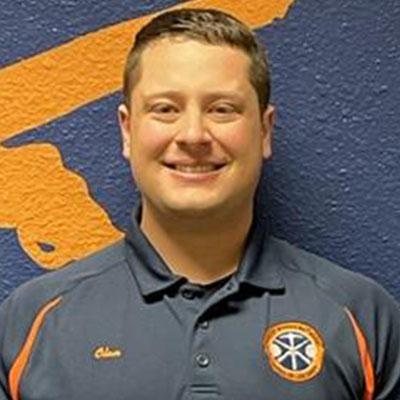Free Consultation
915-544-5200Spring 2022 Award Winner: One Tough Student Scholarship
Phillip Olan, Spring 2022 Award Winner

A student at The University of Texas at El Paso, Phillip Olan plans to pursue a law degree at Texas A&M University School of Law. He hopes to begin his legal profession as a lawyer for the U.S. Army, providing legal representation to service members.
Read Phillip's Essay:
Alcohol and drugs affect a person's ability to operate a vehicle, which is why drunk driving accidents are so common (Niederdeppe et al., 2017). If steps are taken to prevent these accidents, the effects of an accident can be minimized. There are several things that society can do to reduce drunk driving accidents. Fundamentally, one-way society can reduce drunk driving accidents is to raise the cost of drinking and driving. This will incentivize people not to drink and drive because they will be forced to consider how much it will cost them (Hansen, 2015). Fundamentally, another thing that society can do is make penalties for driving under the influence (DUI) stricter. This will incentivize people not to drink and drive because the cost of doing so is greater than they were before (Hansen, 2015). Essentially, another way that society can reduce drunk driving accidents is to decrease the supply of alcohol in the market by deferring the times at which bars are allowed to sell alcohol. This will allow for fewer drunk driving accidents because there will be less alcohol available for people to drink.
Fundamentally, society can reduce drunk driving accidents is to subsidizing the cost of public transportation so that people have a cheaper alternative to driving themselves home from a bar. This will allow for fewer drunk driving accidents because there are other options available. Another way that society can reduce drunk driving accidents is to implement a sobriety checkpoint at night in an area where there are bars. This will allow police officers to catch people who are driving under the influence of alcohol, providing them with immediate consequences for their actions. Significantly, another thing that society can do to reduce drunk driving accidents is to implement an ignition interlock device (IID). IIDs prevent the car from starting if it detects that alcohol is in the driver's breath.
One step I can take to prevent drunk driving in my community is through an effective campaign on social media. I can create a hashtag, such as "#DRUNKCOD" and "Do not drink and drive," to get the word out there. I can contact popular social media users to have them promote the hashtag. It is a good idea to have a strong presence at every college campus in my community, which will inform students about the dangers of drunk driving, and how they can prevent it. Public service announcements on TV and radio are another important way that people who drink and drive can be deterred.
Another step I can take to prevent drunk driving in my community is to reinforce the consequences of drunk driving. There can be a program allowing people who are caught to take part in a ride-along with police officers and see firsthand the consequences of drunk driving. This will be a solid deterrent for people who drink and drive because it will provide them with direct feedback about how serious their actions truly were. Another way that I can prevent drunk driving in my community is to have rallied against drunk driving. I can use speeches and other forms of communication, such as posters, to promote the idea that drunk driving is dangerous.
In conclusion, getting behind the wheel of a car while intoxicated with alcohol or drugs is dangerous for all parties involved, which is why drunk driving accidents are so common. Conversely, if steps are taken to prevent these accidents, the effects of an accident can be minimized.
References:
Hansen, B. (2015). Punishment and deterrence: Evidence from drunk driving. American Economic Review, 105(4), 1581-1617.
Niederdeppe, J., Avery, R., & Miller, E. N. (2017). Alcohol-control public service announcements (PSAs) and drunk-driving fatal accidents in the United States, 1996–2010. Preventive medicine, 99, 320-325.










